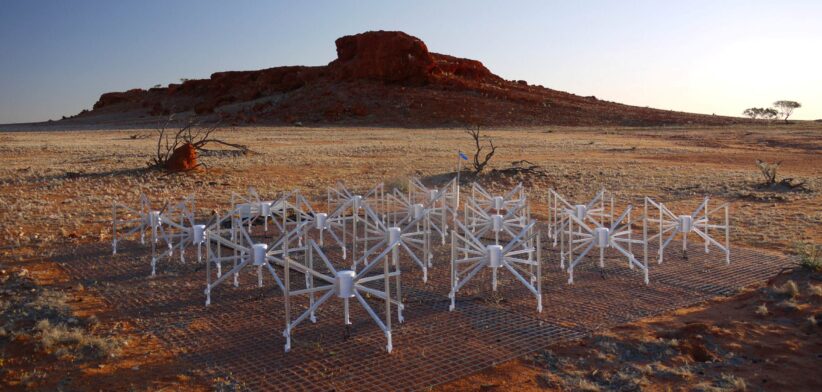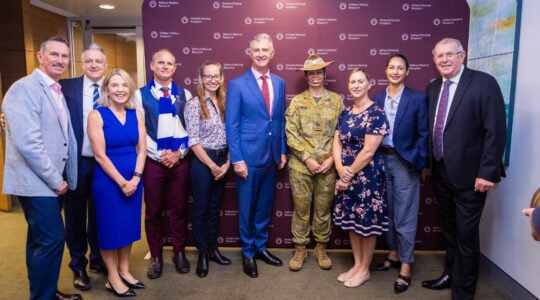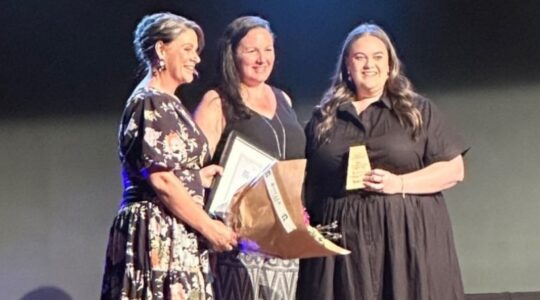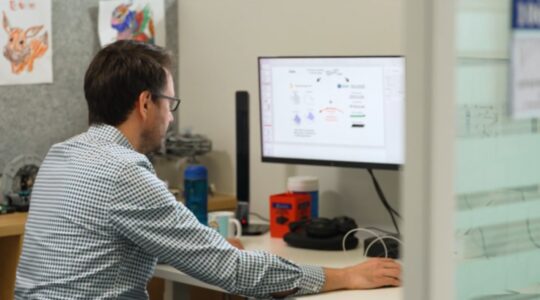A $5 million upgrade will allow a Western Australian telescope to peer deeper into the past and probe the Big Bang.
Curtin University Vice-Chancellor Professor Harlene Hayne said the upgraded Murchison Widefield Array (MWA) would expand the world’s view of the Universe and solidify the state’s role as a global hub for radio astronomy.
Professor Hayne said the upgrade doubled the MWA’s sensitivity and quadrupled the information content of its data output.
“(It) helps to unlock some of astronomy’s greatest mysteries, including the nature of the Universe in its earliest stages following the Big Bang,” she said.
“The upgrade continues to build the unprecedented capabilities that underpin its critical role as the first fully operational precursor of the Square Kilometre Array Observatory (SKAO) telescopes, one of which is currently being constructed on the same site.”
Professor Hayne said the MWA, which started operating in 2013, comprised 8192 antennas spread across more than 30sqkm on Wajarri Yamaji land, about 300km north-east of Geraldton, at Inyarrimanha Ilgari Bundara, the CSIRO Murchison Radio-astronomy Observatory.
“The MWA is giving researchers across the globe an unprecedented window into the first stars and galaxies that formed over 13 billion years ago.”
MWA Director John Curtin Distinguished Professor Steven Tingay said the upgrade marked a transformative moment for the telescope and for astronomy.
“With Phase III complete, the MWA is better equipped than ever to explore the Universe and to prepare researchers for the upcoming SKAO, the world’s largest and most sensitive radio telescope,” Professor Tingay said.
“The upgrade ensures the MWA remains a globally significant facility, producing world-leading science while training the next generation of astronomers and engineers.”
He said the $5.4 million Phase III upgrade was supported by the MWA’s international consortium members from Australia, Canada, China, Japan, Switzerland and the USA, reflecting the global value of the telescope.








